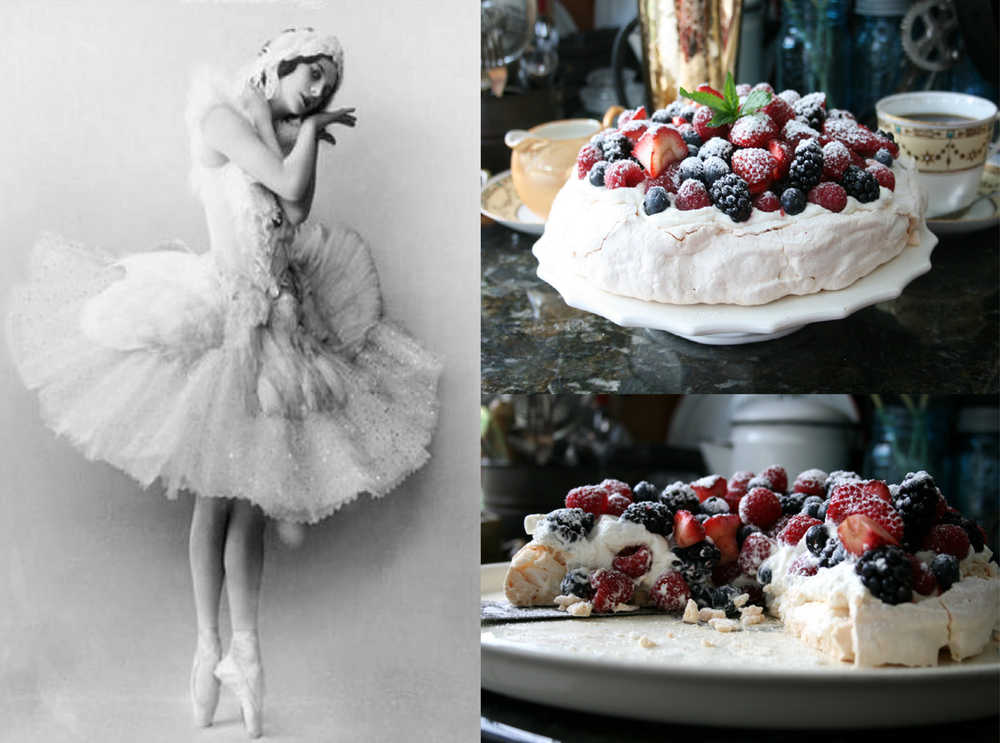Pavlova is a meringue-based dessert named after Russian ballet dancer Anna Pavlova (1881-1931). There is disagreement whether pavlova was created in New Zealand or Australia, but several sources lean toward crediting it to New Zealand following one of the ballerina’s tours to those countries in 1926. With its crisp outer shell and marshmallowy center, a meringue base serves as the pedestal for pavlova, which is then topped with billows of whipped cream and fresh fruit. The vibrant colors and juicy sweetness of mixed berries, like raspberries, blackberries, blueberries and strawberries, were my choice for the pavlova here, with the results, as you can readily see, nothing short of stunning. Despite how complicated the dessert may appear to prepare, pavlova is really quite simple to construct with the whole of the dessert an impressive sum of its luscious parts. So, when enjoying pavlova, be sure to get it all – the meringue, the whipped cream and the fruit – on to the spoon and into your mouth in one fell swoop. Like Pavolova’s 1910 performance of The Dying Swan at the Metropolitan Opera in New York City, your presentation of pavlova, the dessert, will likely take down the house with demands for encores to follow.
Sue Ade is a syndicated food writer with broad experience and interest in the culinary arts. She has worked and resided in the Lowcountry of South Carolina since 1985 and may be reached at kitchenade@yahoo.com.

